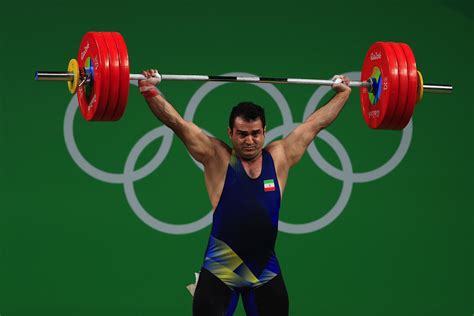How to break workout plateaus for consistent strength gains?

Understanding and Overcoming Workout Plateaus
Every fitness enthusiast, from novice lifters to seasoned bodybuilders, eventually encounters the dreaded workout plateau. This is that frustrating period where your progress grinds to a halt, lifts no longer increase, and muscle gains become elusive. While disheartening, plateaus are a natural part of the adaptation process. Your body is incredibly efficient; once it adapts to a stimulus, it stops seeing a need to get stronger or bigger. The good news? Plateaus are not permanent roadblocks but rather signals that it’s time to strategically adjust your approach.

The Cornerstone: Revisit Progressive Overload
The fundamental principle for consistent strength gains is progressive overload. This means continually challenging your muscles to do more than they’re accustomed to. When you hit a plateau, it often signifies that you’ve stopped progressively overloading effectively. This doesn’t always mean just adding more weight; it can take many forms:
- Increase Weight: The most straightforward method, but not always sustainable indefinitely.
- Increase Reps/Sets: Performing more work at the same weight.
- Improve Form: Lifting the same weight with stricter, more controlled form makes the exercise harder.
- Decrease Rest Time: Shorter breaks between sets increase the intensity.
- Increase Time Under Tension: Slowing down the eccentric (lowering) or concentric (lifting) phase of an exercise.
- Increase Frequency: Training a muscle group more often.
If you’ve been stuck at the same weight and reps for weeks, it’s time to meticulously plan how you will incrementally increase one of these variables.
Smart Programming: Deloads and Exercise Variation
Sometimes, a plateau isn’t due to a lack of effort but rather accumulated fatigue. Your central nervous system, muscles, and connective tissues need time to recover fully. This is where strategic deloading comes in. A deload typically involves reducing your training volume (sets, reps) and/or intensity (weight) for a week every 4-8 weeks. This allows your body to recover, rebuild, and often bounce back stronger.

Another powerful strategy is varying your exercises. While compound movements like squats, deadlifts, and bench presses should remain the core of your routine, occasionally swapping out accessory exercises or even slightly altering your main lifts can introduce new stimuli. For example, if you always barbell bench, try incline dumbbell press for a cycle. If your back squat is stuck, incorporate front squats or pause squats. These variations challenge muscles in slightly different ways, promoting new adaptations.
Fueling Growth: Nutrition and Recovery
Training is only one piece of the puzzle. Without proper nutrition and adequate recovery, your body simply won’t have the resources to build muscle or increase strength. To break a plateau, critically assess your diet:
- Caloric Intake: Are you consuming enough calories to support muscle growth? A slight caloric surplus is often necessary for building strength and mass.
- Protein Intake: Aim for 1.6-2.2 grams of protein per kilogram of body weight to provide the amino acids needed for muscle repair and growth.
- Macronutrient Balance: Don’t neglect healthy fats and complex carbohydrates, which provide energy and support hormonal function.

Sleep and Stress Management: Sleep is when your body repairs itself and releases crucial growth hormones. Aim for 7-9 hours of quality sleep per night. Chronic stress, both physical and mental, can elevate cortisol levels, hindering recovery and muscle growth. Incorporate stress-reducing activities into your routine.
Tracking Progress and Mindset Matters
You can’t manage what you don’t measure. Keep a detailed training log where you record exercises, sets, reps, weight, and even how you felt during the workout. This data is invaluable for identifying patterns, understanding why you might be stuck, and planning your next progressive overload strategy. Seeing your past progress can also be a significant psychological boost when current gains feel stalled.

Finally, your mindset plays a crucial role. Plateaus can be frustrating, but view them as challenges to overcome rather than insurmountable obstacles. Stay consistent, trust the process, and be patient. Sometimes, simply pushing through a few more tough sessions with renewed focus can be enough to kickstart progress again.

Conclusion
Breaking workout plateaus is an inevitable part of the strength journey. It requires a systematic and intelligent approach, moving beyond just “lifting heavier.” By consistently applying progressive overload in its various forms, strategically integrating deloads and exercise variation, optimizing your nutrition and recovery, and meticulously tracking your progress, you can transform these temporary roadblocks into launchpads for new, consistent strength gains. Embrace the challenge, stay disciplined, and your efforts will undoubtedly be rewarded.








